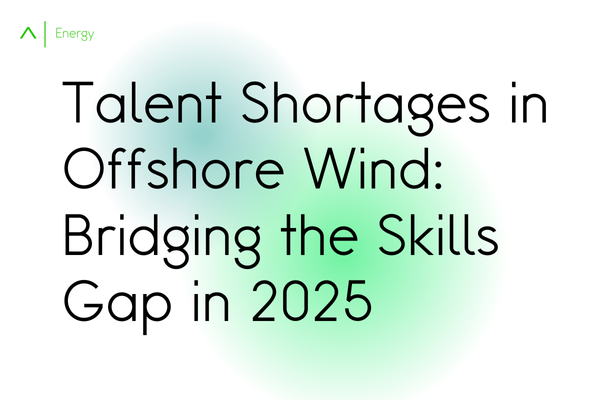What’s the MRO outlook for the second half of 2023?
12 Jul, 202310 minsDespite the economic downturn, skills shortages, and supply chain disruptions, there’s...

Despite the economic downturn, skills shortages, and supply chain disruptions, there’s plenty to be optimistic about in MRO as we enter Q3 of 2023.
Orders are up, with Lufthansa so busy across all segments of MRO that it’s been turning away some new customers. ST Engineering has also seen an uptick in orders as travel continues to recover from the pandemic, and expects this to continue, although pre-pandemic activity levels may still be some way off in the current economic climate.
Each country’s recovery is proceeding at a different pace, leading to regional variations in the recovery of the MRO market. The end of travel restrictions in China, which resumed issuing visas for foreign travellers in March, should provide a boost in the second half of the year.
Post-Covid supply chain issues, long lead times, shortages of spare parts, and the ongoing talent drought continue to affect the industry, exacerbated by the war in Ukraine. However, these same factors are also driving airlines to MRO services. Rising material prices will also work in the industry’s favour, creating a good environment for investors.
A recent survey showed that MRO sales are up across the industry, led by Europe and Asia, despite the political conflicts in the region. While some commentators now expect a full return to pre-pandemic air traffic levels a year later than predicted, the indications are that the industry will make a full recovery. In fact, many MROs are recovering faster than expected, such as Jordan-based Joramco, which enjoyed record revenues and net profit in both 2021 and 2022.
Many airlines are now greenlighting fleet refurbishment projects that were shelved during Covid, and with slots in short supply, that means operators are demanding more long-term contracts to secure their preferred maintenance providers for three or four years.
Sector trends
- The narrowbody MRO sector has recovered much faster than the widebody sector, but demand for widebody aircraft maintenance is now catching up.
- Maintenance demand for GTF-powered aircraft is rising as they replace widebodies on some longer routes.
- While the engine market usually lags behind the airframe market, engine MRO is also rebounding, a trend that looks set to continue.
- Component maintenance should also continue to rise, as it usually aligns with aircraft use.
- Line maintenance is expected to show continued slow growth under the burden of growing operating costs. The cost-of-living crisis has pushed some airlines to limit their schedules, which also impacts line maintenance.
- Recruitment drives, development programmes, and investment from governments worldwide are needed to address the talent crisis. Increased digitalisation will also reduce the pressure on human staff.
- Supply chain disruptions look set to remain one of the sector’s biggest challenges, extending lead times and driving more regional sourcing. However, teardowns of older aircraft are providing used parts and materials for the aftermarket, and more operators are now embracing these as alternatives.
- Sustainability is the “new normal” in MRO, with airlines demanding sustainable products and services, and MROs making strides in cutting their emissions.
While the MRO market faces many challenges in the second half of 2023, there is every reason to believe the year will see a strong finish.


